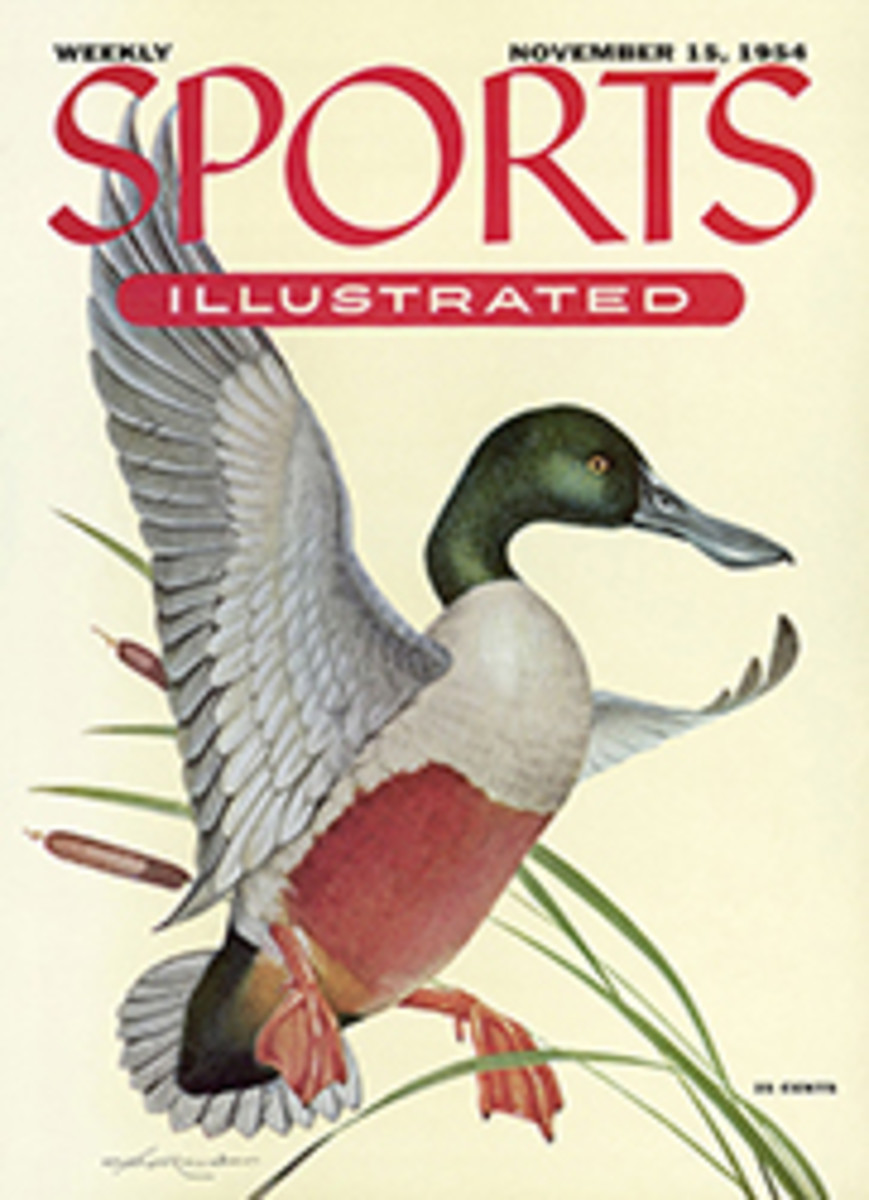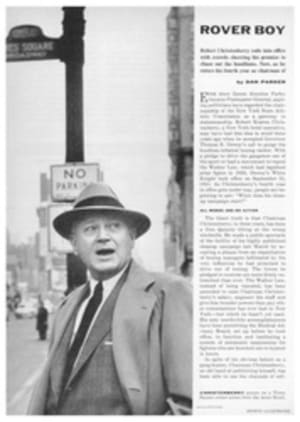
U.S. RACING IS HEADING FOR GRASS
Turf racing, which has been having a renascence in this country, was given an additional boost by Fisherman's ail-American victory in the third running of the International at Laurel.
Last year and year before, this race was taken by competing foreign horses and our local owners were beginning to have that "always a bridesmaid" feeling. But little Fisherman's determined race halted incipient inferiority complexes and ended doubts about whether or not our horses can meet the Europeans on their own level on the grass.
Veteran horsemen, such as Preston Burch, have been claiming all along that any horse should be able to make the transition from dirt to grass sans trouble. And while that may be an oversimplification it was certainly true in Fisherman's case.
The result of the International justified the fans who have seized on turf racing as their new enthusiasm. For inevitably now there will be more and better grass races at the many tracks which have added turf courses in recent years. The general public has indicated its approval by unbuttoning its pockets; the aficionados among the betting public appreciate the change of pace and variety given the programs by grass racing.
Modern revival of racing on the turf dates back to 1931 when the late Joseph E. Widener, president of Hialeah, inaugurated a turf course there. Mr. Widener, whose racing interests were eclectic, envisioned international racing in this country. It has taken nearly a quarter of a century for his dream to materialize.
FROM BELMONT TO SANTA ANITA
Following Hialeah in the mid-'30s, the Chicago tracks (Arlington and Washington) opened turf courses laid out by John Jackson. Mr. Jackson is now general manager of Pimlico, which coincidentally has a new turf course this year. Even conservative Belmont Park, which views change with a cautious eye, experimented with turf racing this year. Some 12 races were held over their newly banked hurdle course. Not since 1910, when the Sheepshead Bay race track closed its gates, has there been turf racing on the New York circuit. But the enthusiasm of the fans was reflected in the Belmont tote.
Last year's success gave the green light to Santa Anita which has upped its turf stakes program for the forthcoming season. There will be seven stakes over grass, including the $100,000 added San Juan Capistrano. All in all, grass race purses will total $435,000. The dramatic Camino Real turf course, opened last year at Santa Anita, is the closest thing to a foreign course in this country. It has a sloping downhill start, a reverse turn and an uphill swing. And the customers loved it.
In Chicago, too, there are signs and portents. The American Derby will be run on the grass for the first time in 1955 and so becomes the second $100,000 grass race on that circuit. The Arlington Handicap moved over to grass last year.
Grass racing, although new to many fans, is our oldest form of flat racing. First American race track was Newmarket at Hempstead Plain near where Belmont now stands. In fact the Newmarket Porringer, oldest American sporting trophy and earliest piece of authenticated Colonial silver extant (at Yale University), was donated by British Governor Nicolls in 1668 to be competed for at the spring meeting at the then three-year-old Newmarket grass course.
IN FIVE YEARS—A POSSIBILITY
Now the pendulum is swinging back and it is possible, as Benjamin Lindheimer, executive director of Arlington and Washington parks, prophesies, that in five years we will have programs equally divided between turf and dirt races. The public, the horsemen and the horses like turf racing. Who could ask for anything more?
In the International, Arcaro aboard Fisherman outrode the foreign boys. Riding acey-deucey (uneven stirrups) as usual, with the stirrups just slightly longer, Eddie gave a lesson in the American riding idiom to Frenchman Claude Lalanne, who rode the close finishing Banassa. The French filly was clearly tops in the foreign group. King of the Tudors was too big to move easily around the turns. Northern Gleam was outclassed and jaunty little Landau lasted his expected mile with mane and tail flying. He was the most interesting horse to me. He's temperamental and a bit whimsical and, as his trainer Noel Murless told me, "He's too intelligent for his own good."

